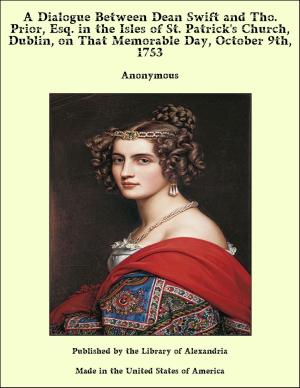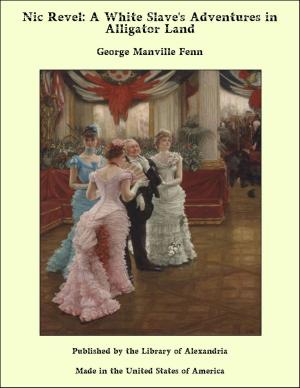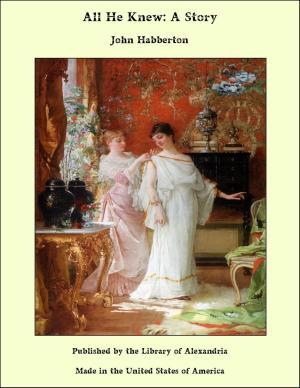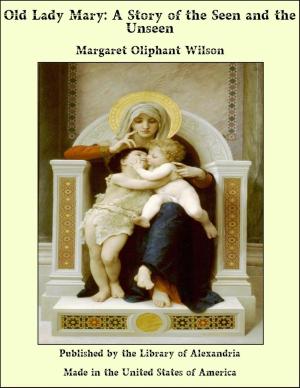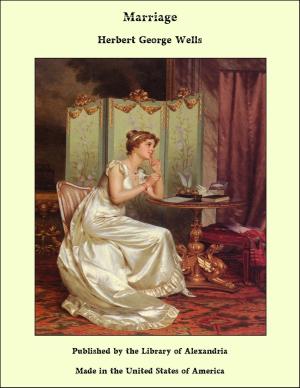The Romany Rye: A Sequel to 'Lavengro'
Nonfiction, Religion & Spirituality, New Age, History, Fiction & Literature| Author: | George Henry Borrow | ISBN: | 9781465534828 |
| Publisher: | Library of Alexandria | Publication: | March 8, 2015 |
| Imprint: | Language: | English |
| Author: | George Henry Borrow |
| ISBN: | 9781465534828 |
| Publisher: | Library of Alexandria |
| Publication: | March 8, 2015 |
| Imprint: | |
| Language: | English |
‘Lavengro’ and ‘The Romany Rye’ are one book, though the former was published in 1851 and the latter not until 1857. After a slumber of six years the dingle re-awakes to life, Lavengro’s hammer shatters the stillness, and the blaze of his forge again lights up its shadows, while all the strange persons of the drama take up their parts at the point where the curtain had been so abruptly rung down. The post-chaise overturned in the last chapter of ‘Lavengro’ is repaired in the first of this sequel, the Man in Black proceeds with his interrupted disquisition, and Borrow resumes his cold-blooded courtship of poor Isopel, playing with her feelings as a cat with a mouse. The dingle episode is divided equally between the two works; and had not ‘Glorious John,’ after a series of peremptory notes from the author, at last consented to publish ‘The Romany Rye’ ‘to oblige Mr. Borrow,’ we had lost some of the most delightful scenes of which that enchanted spot was the theatre. What part of this narrative is Dichtung and what is Wahrheit has been a debated question. In his chapter on pseudo-critics in the appendix to the present book, Borrow denies that he ever called ‘Lavengro’ an autobiography, or authorized any Other person to call it so. But it had been advertised for some months as, ‘Lavengro: an Autobiography’; while as early as 1843 Borrow writes to Murray that he is engaged upon his life; and as late as 1862, in an account of himself written for Mr. John Longe of Norwich, Borrow says that ‘in 1851 he published “Lavengro,” a work in which he gives an account of his early life.’
‘Lavengro’ and ‘The Romany Rye’ are one book, though the former was published in 1851 and the latter not until 1857. After a slumber of six years the dingle re-awakes to life, Lavengro’s hammer shatters the stillness, and the blaze of his forge again lights up its shadows, while all the strange persons of the drama take up their parts at the point where the curtain had been so abruptly rung down. The post-chaise overturned in the last chapter of ‘Lavengro’ is repaired in the first of this sequel, the Man in Black proceeds with his interrupted disquisition, and Borrow resumes his cold-blooded courtship of poor Isopel, playing with her feelings as a cat with a mouse. The dingle episode is divided equally between the two works; and had not ‘Glorious John,’ after a series of peremptory notes from the author, at last consented to publish ‘The Romany Rye’ ‘to oblige Mr. Borrow,’ we had lost some of the most delightful scenes of which that enchanted spot was the theatre. What part of this narrative is Dichtung and what is Wahrheit has been a debated question. In his chapter on pseudo-critics in the appendix to the present book, Borrow denies that he ever called ‘Lavengro’ an autobiography, or authorized any Other person to call it so. But it had been advertised for some months as, ‘Lavengro: an Autobiography’; while as early as 1843 Borrow writes to Murray that he is engaged upon his life; and as late as 1862, in an account of himself written for Mr. John Longe of Norwich, Borrow says that ‘in 1851 he published “Lavengro,” a work in which he gives an account of his early life.’



